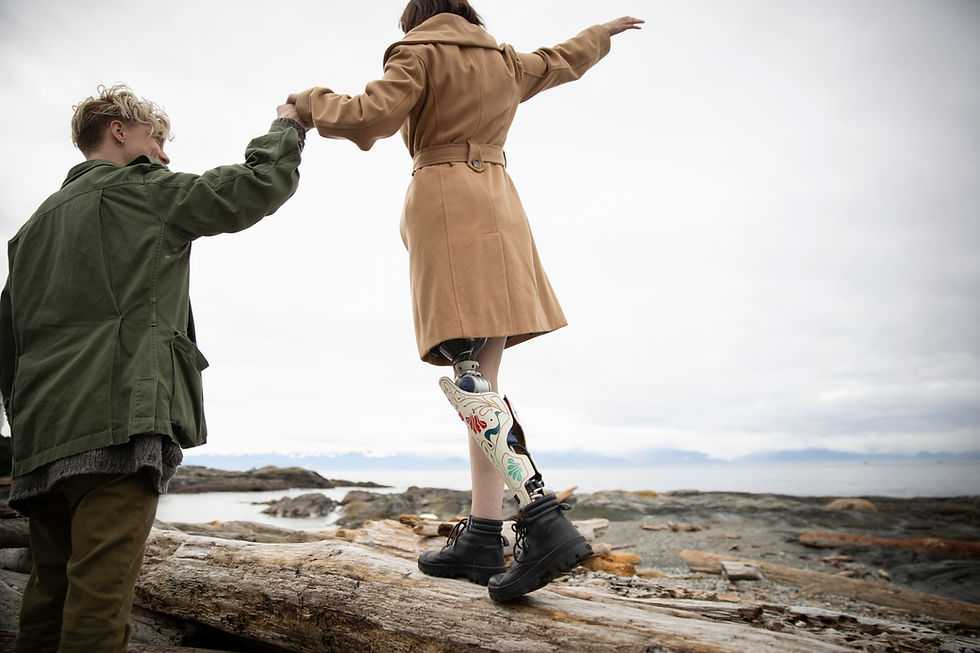
On TV and film screens, people with disabilities — both fictional characters and performers— remain almost solely on the margins. And there’s not only minimal representation, but also rampant misrepresentation for even when we do see characters with disabilities onscreen, often those portrayals are inaccurate, misleading or simply wrong.
Research by the Boston-based Ruderman Family Foundation has documented that fewer than 2% of all television characters have a disability — vs. 20% of the U.S. population. At the same time, 95% of top TV show characters with disabilities are played by non-disabled performers.
Pronounced gender and racial imbalances compound the representation problem. Examining characters with disabilities in 2015’s top 100 films (a mere 2.4% of all characters), the Annenberg Foundation and USC Annenberg School for Communication and Journalism found that just 19% were female and just 28% were from underrepresented racial/ethnic groups.
Characters with disabilities, as few as they are, are all too often stereotyped, according to MediaSmarts, Canadian advocates for digital and media literacy. Complex individuals are reduced to mere traits, with three “types” particularly common: The Victim, a helpless object of pity, sympathy or comedy; the Hero, proving her worth by overcoming her disability, or the Villain, driven to antisocial acts by resentment of their disability.
Within categories of disability, stereotyping can be very specific. Psychologist and media expert Otto Wahl notes that on screen, people with mental illness often are marked by disheveled hair, rumpled clothes and wild eyes, “visual signifiers to cast these characters — who are often threatening or evil — as the ‘other.’” And more specific still: Writing about the pop culture motif of the "autistic savant” in Vice, Sarah Bradley says that while the condition is actually rare — shared by perhaps only 10% of people with autism — it appears widely in film and TV. She says: “It's insulting to the large percentage of people on the spectrum without savant abilities, because it implies their stories aren't as valuable or worth telling.”
Both the TV and the film industries can do better just in terms of pure visibility, for both characters and actors with disability. To be fair, we are seeing some progress. In May, the Ruderman Family Foundation launched a Seal of Authentic Representation honor, recognizing four TV shows — ABC’s now-cancelled “Speechless,” CBS’ “NCIS: New Orleans” and Netflix’s “Special” and “The OA" — for casting actors with disabilities in major roles. Notably, no current feature films met the Foundation’s benchmark.
But we need more stories from the actual, lived experience of people with disabilities, presenting their condition as just one trait — and not a defining one — of a many-layered characterization. No question that wider, more authentic representation of people with disabilities onscreen is a multi-featured opportunity — with lots more room for content creators whose work builds the recognition, understanding and advocacy needed to “de-marginalize” our perceptions of disability for good.
Comments